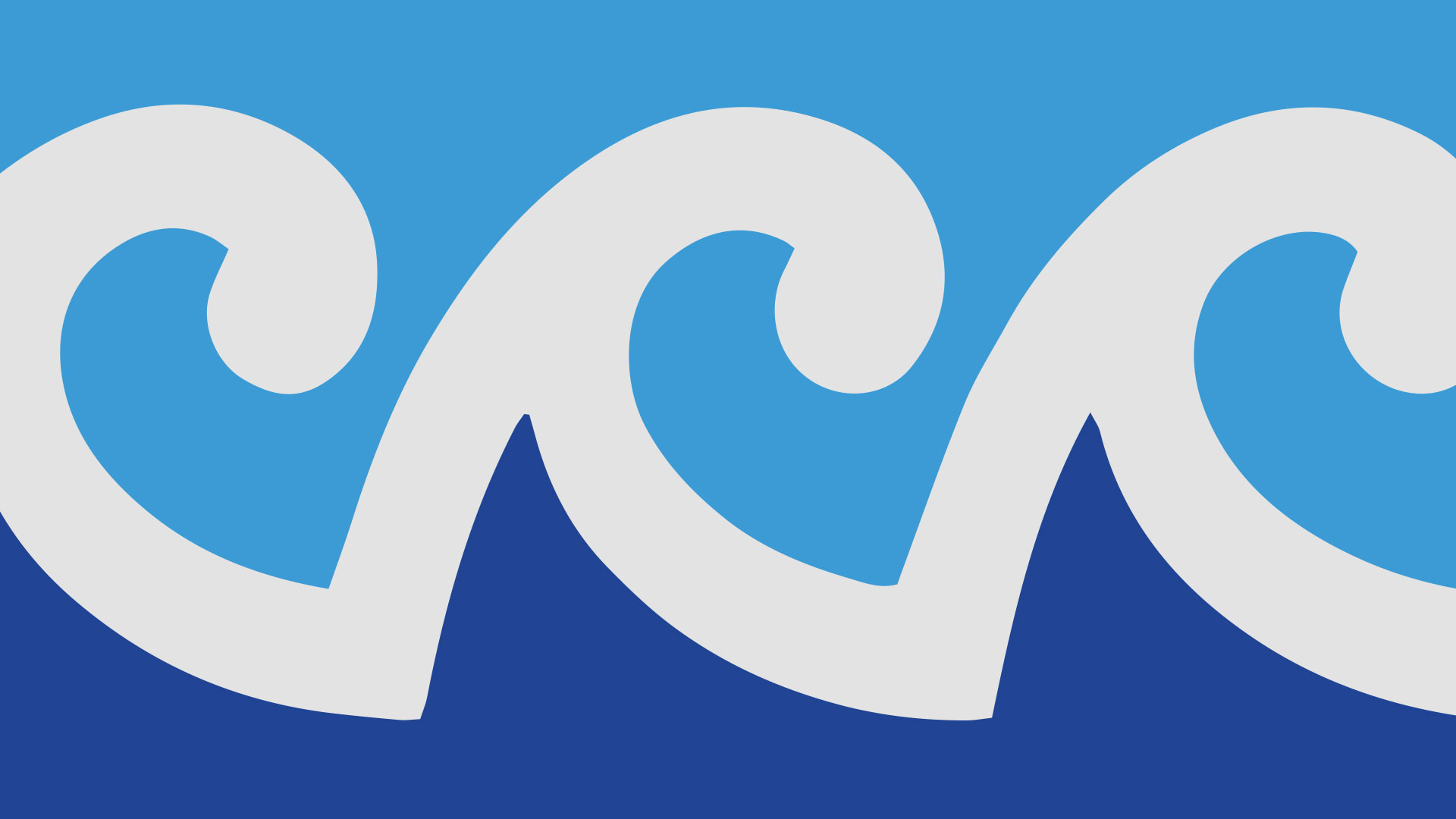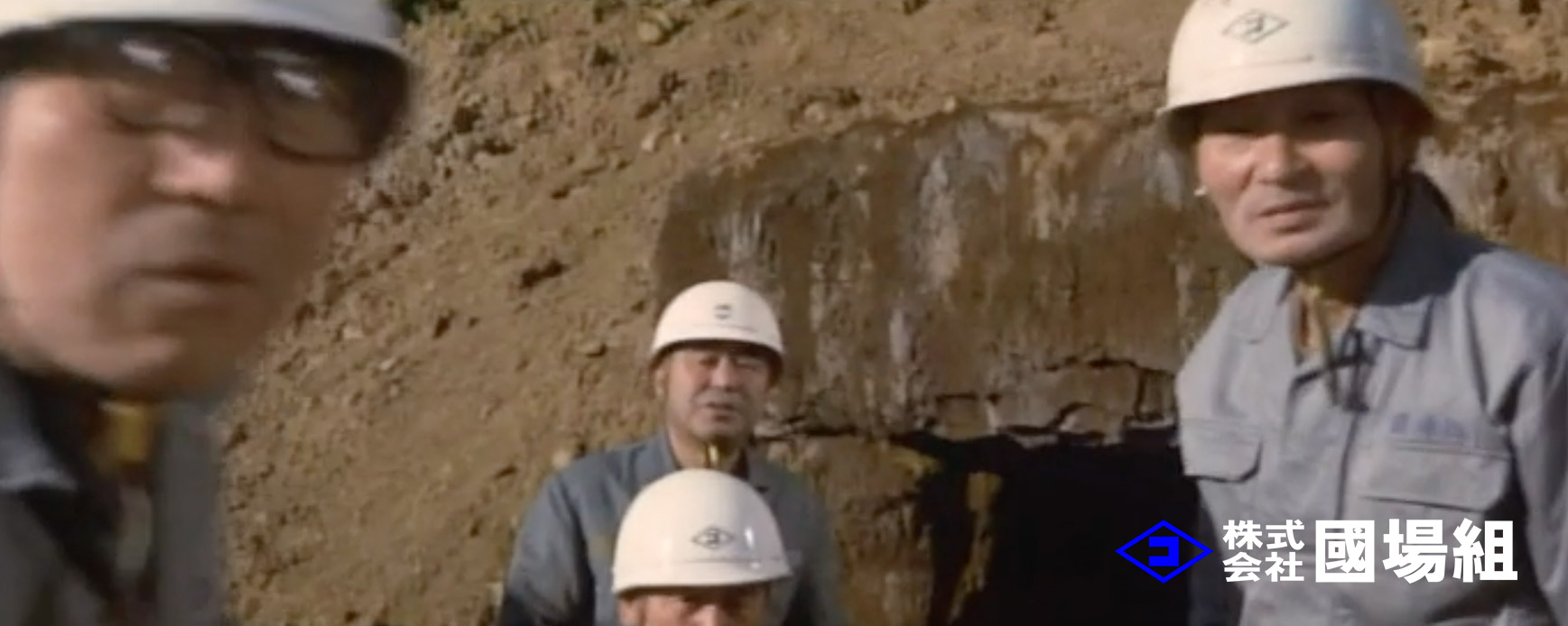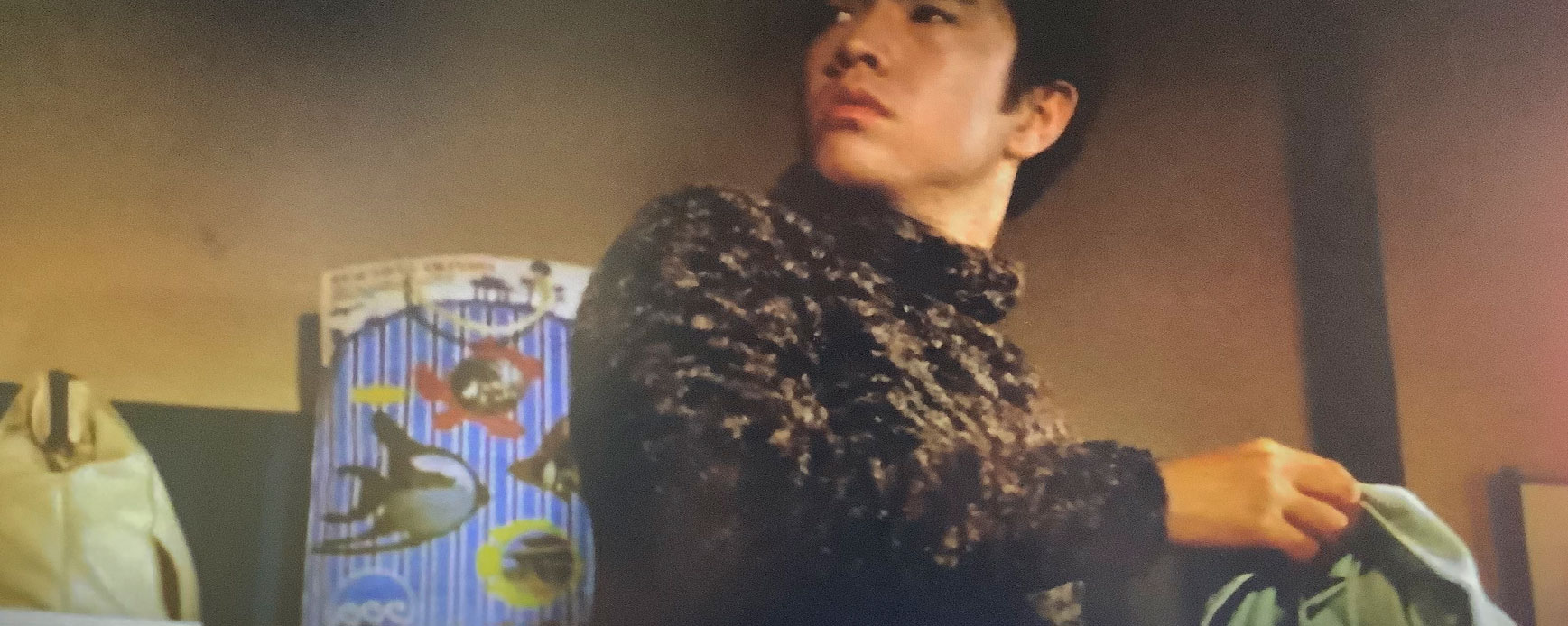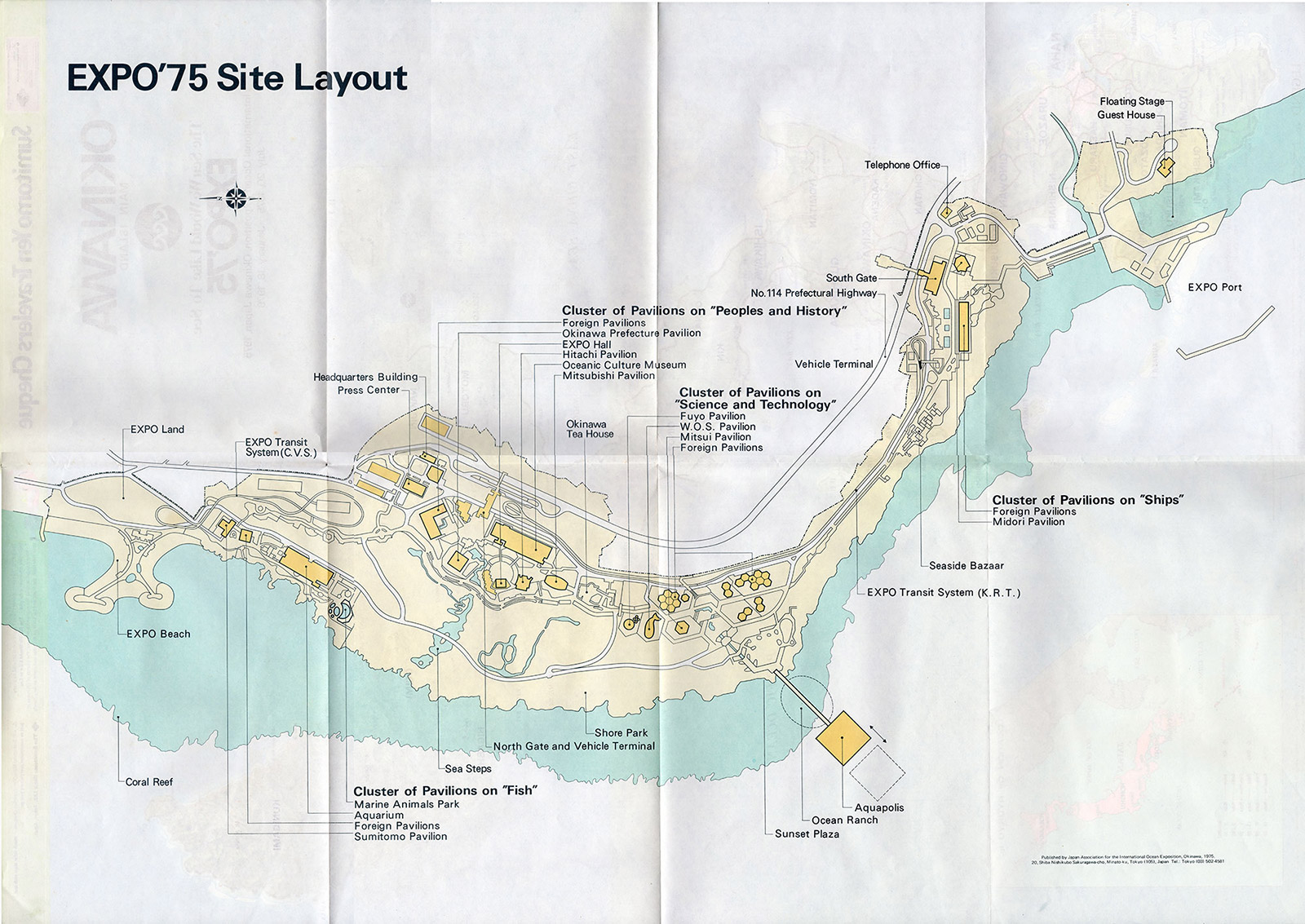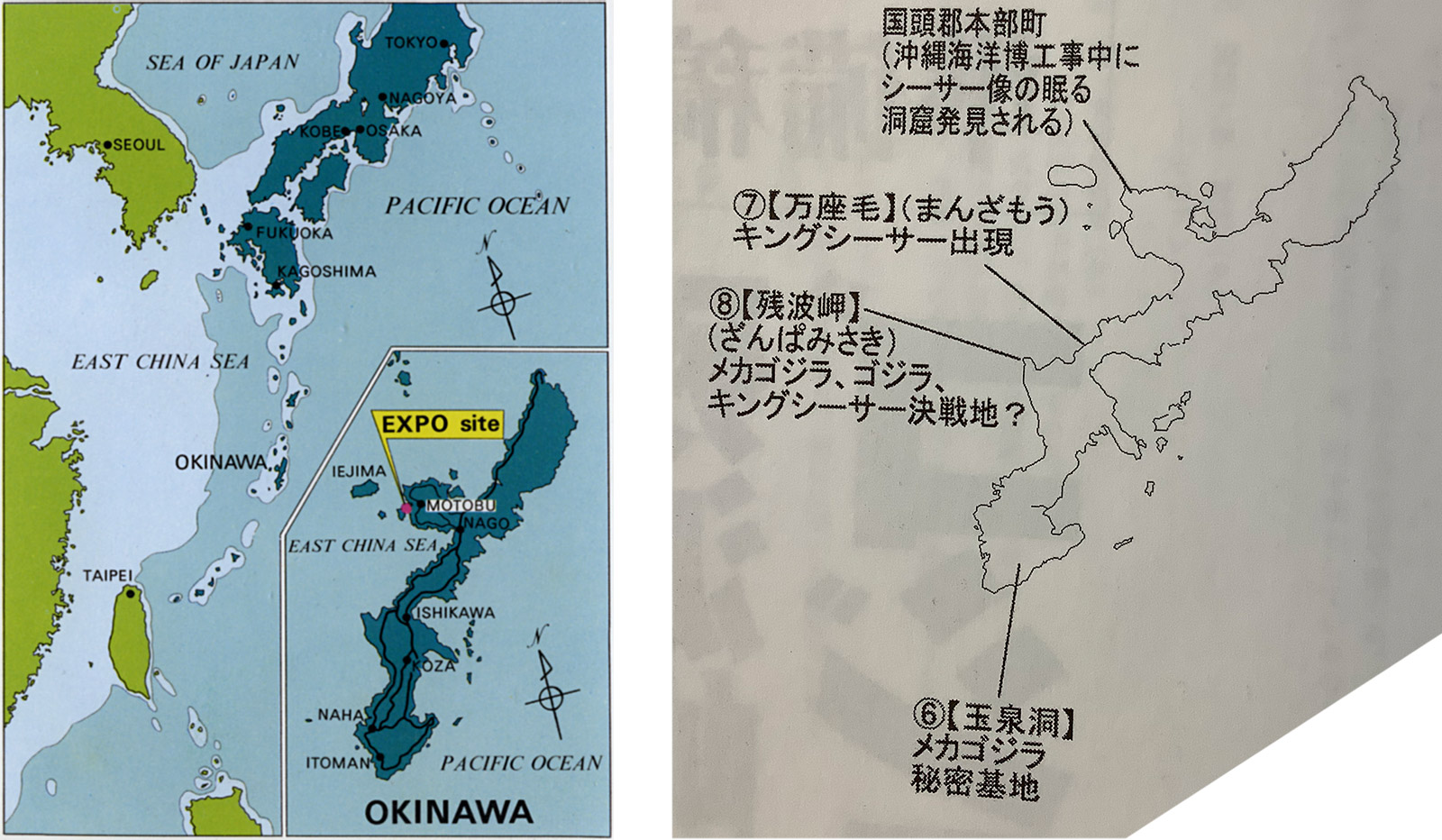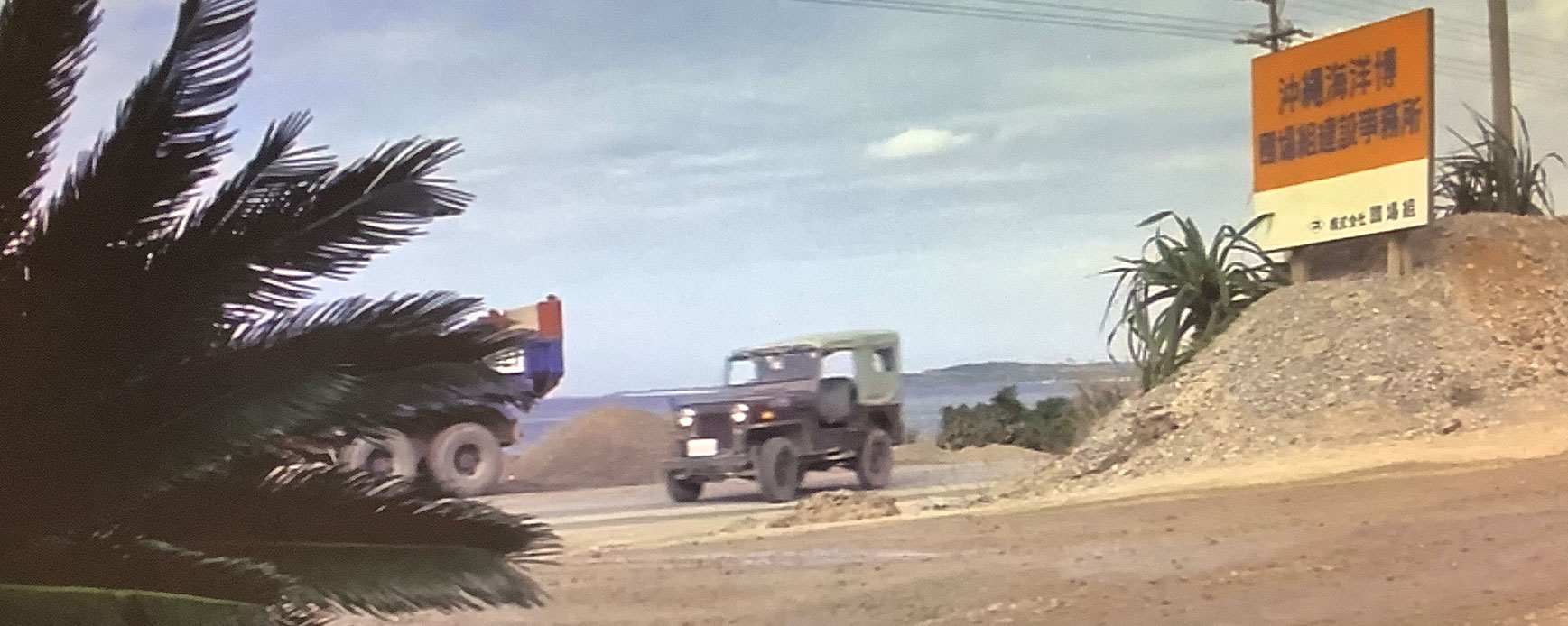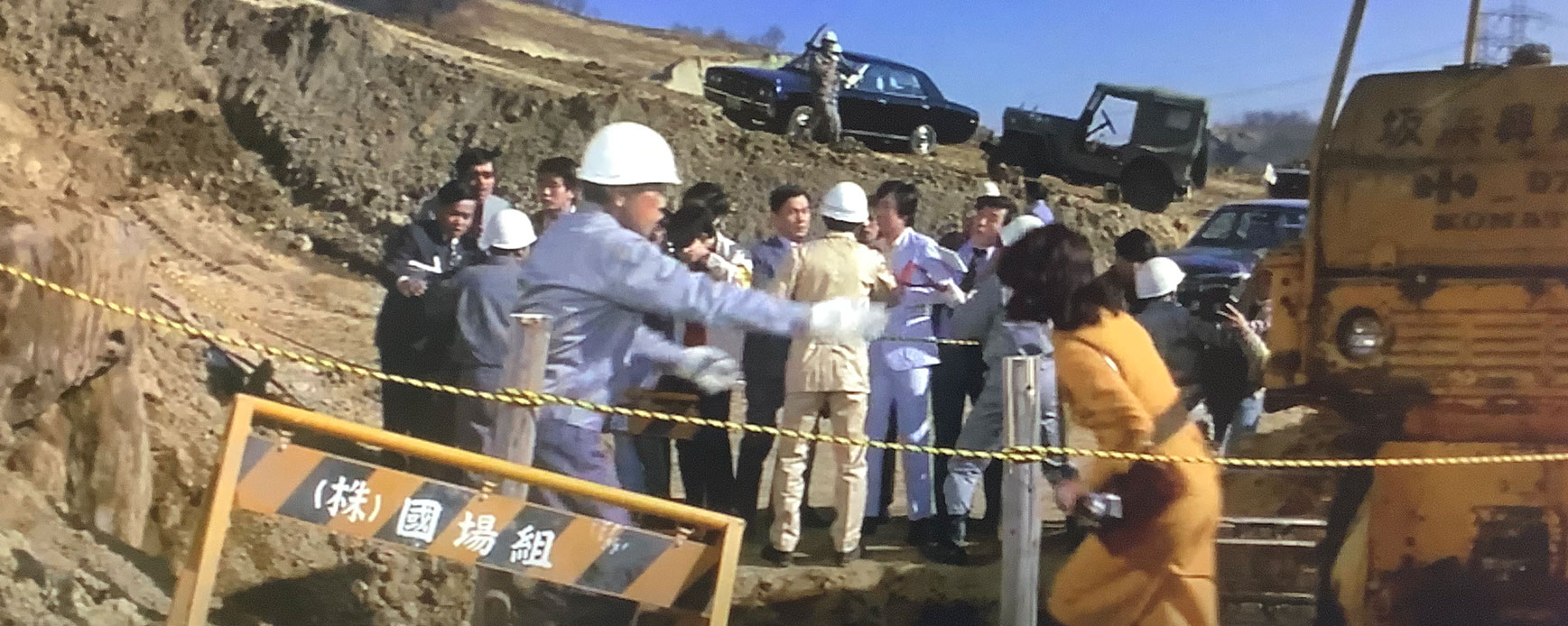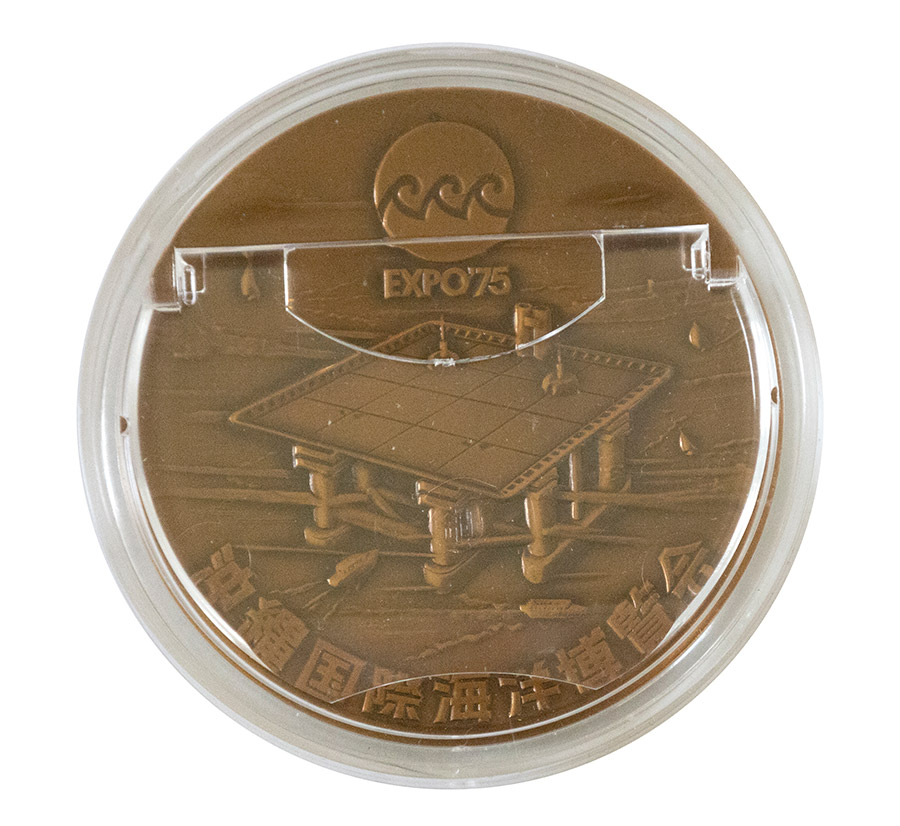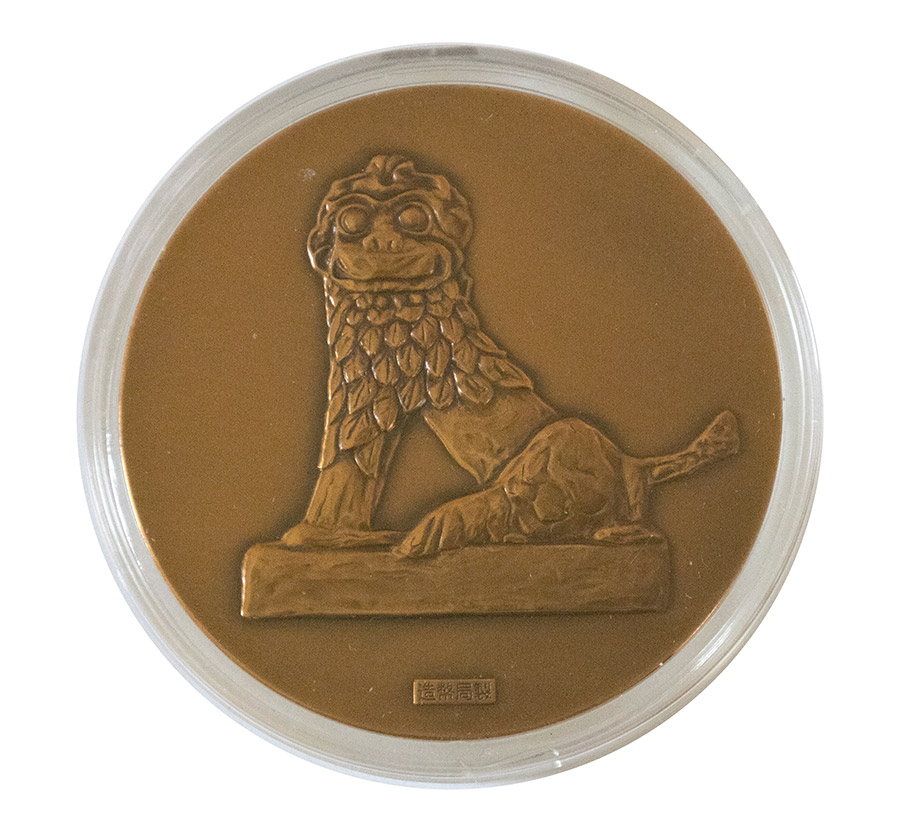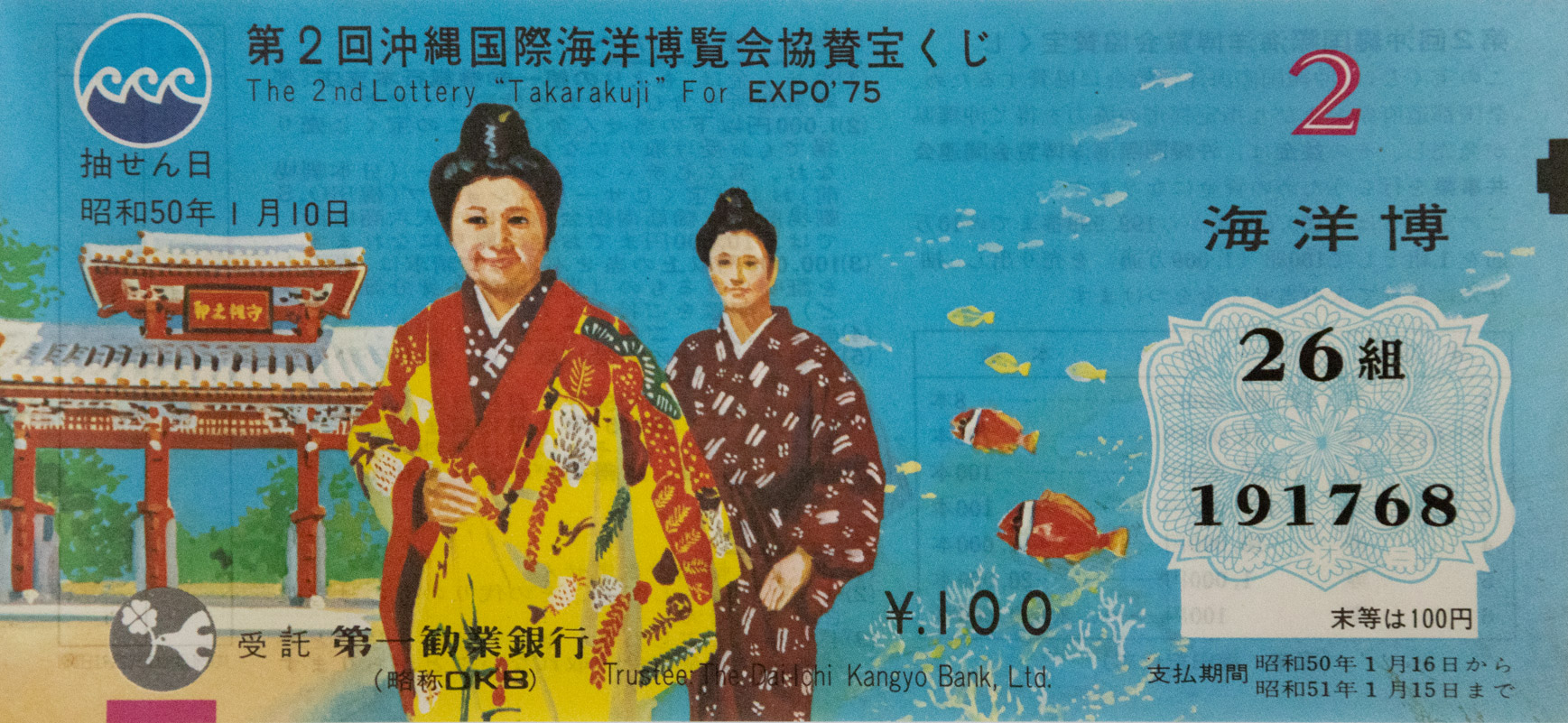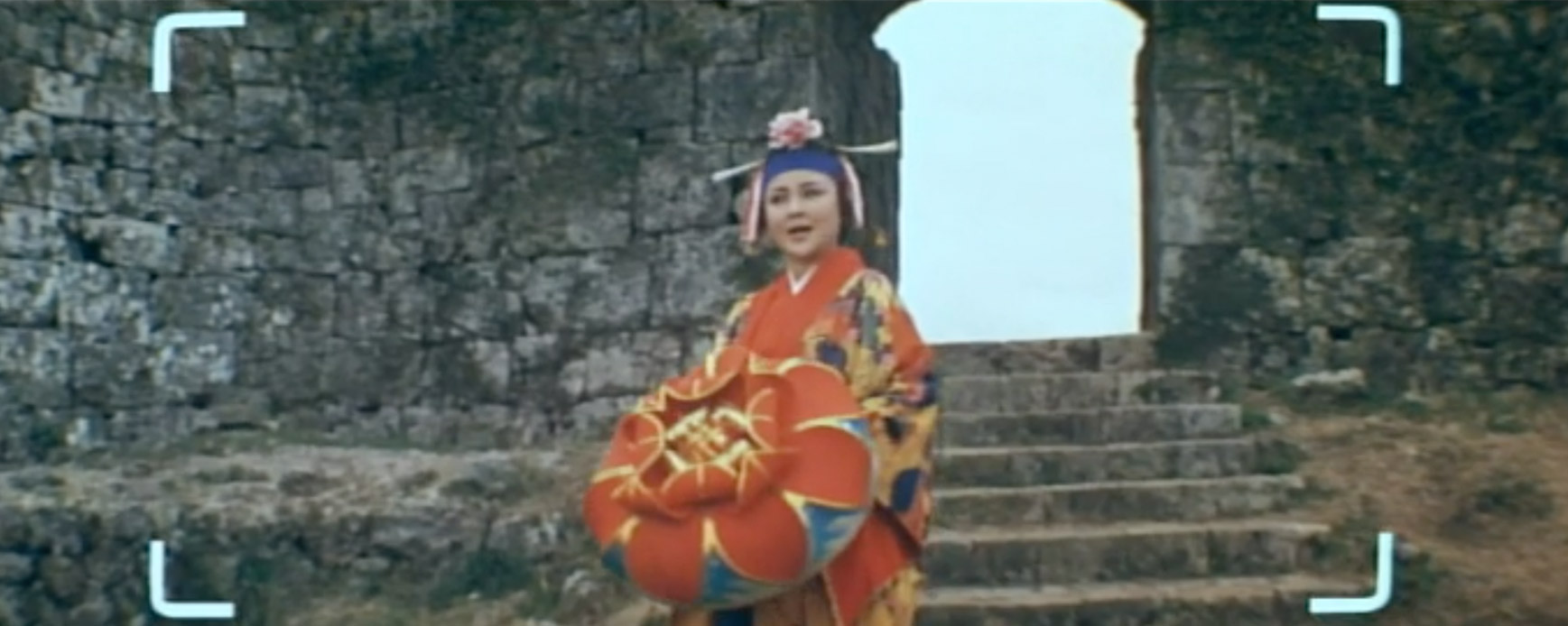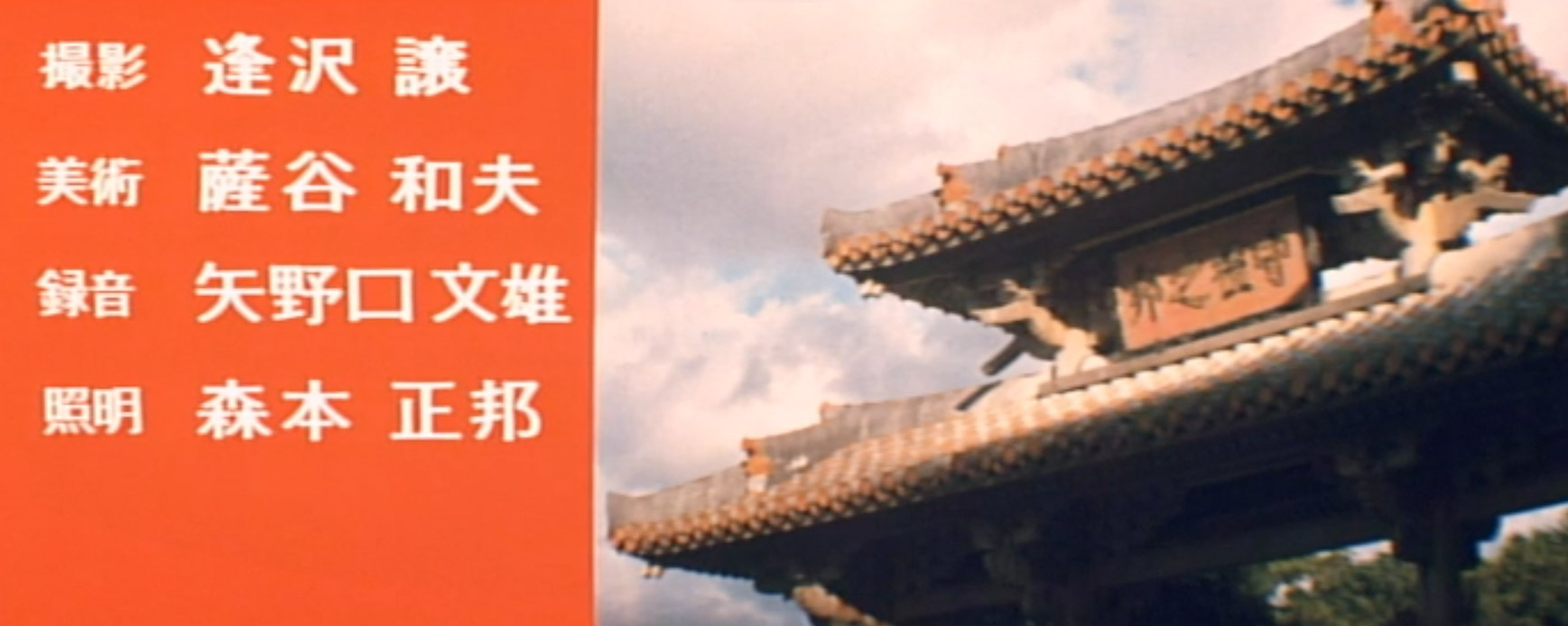Saeko Kanaguso from the Archeology Laboratory of Shuri University arrives at the site and meets Shimizu-san. They enter the cave together. Saeko explains the mysterious statue to him and says, “A long time ago, when Yamatonchu, a human from the mainland, came to destroy the Yasumi royal family. A vermilion-colored monster appeared and saved the Yasumi royal family. The name of the monster is King Caesar.”「その昔ヤマトンチューつまり本土の人間が安豆味王家を滅ぼしにやって来た時。1頭の朱銅色に輝く怪獣が現れて安豆味王家を救った。その怪獣の名がキングシーサー。」Later, she succeeds in decoding the prophecy, “When a black mountain appears in the sky, a great monster will appear and destroy the world. But when the red moon sets and the sun rises from the west, two monsters appear and save people.” Yamatonchu (ヤマトンチュー) is an Okinawa word for a Japanese mainlander. In 1972, Okinawa was returned to mainland Japan, uniting the islands. This union is represented and commemorated when the guardian monster and protector of Okinawa people and its royal family, King Shisha, and Godzilla, who represents the Japanese mainland, join forces. They come together to defeat the new outsider, the Aliens from the Third Planet of the Black Hole and their terrible robot monster MechaGodzilla hidden away in their secret base in Gyokusendo cave. The movie’s story creatively ties-in the Expo’s commemoration of the return of Okinawa to the Japan.
